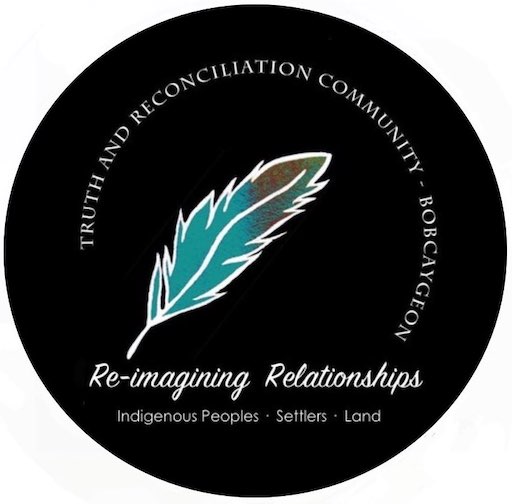Storytelling
Here is an overview of Storytelling from First Nations Pedagogy
First Nations, Inuit, and Metis cultures have long passed on knowledge from generation to generation through oral traditions, including storytelling. Storytelling is a traditional method used to teach about cultural beliefs, values, customs, rituals, history, practices, relationships, and ways of life. First Nations storytelling is a foundation for holistic learning, relationship building, and experiential learning.
“The most important qualities of our culture are our language and our stories. In oral traditions such as ours, telling stories is how we pass on the history and the teachings of our ancestors. Without these stories, we would have to rely on other people for guidance and information about our past. Teachings in the form of stories are an integral part of our identity as a people and as a nation. If we lose these stories, we will do a disservice to our ancestors – those who gave us the responsibility to keep our culture alive.” (Hanna & Henry, 1995, p. 201)
“Patience and trust are essential for preparing to listen to stories. Listening involves more than just using the auditory sense. Listening encompasses visualizing the characters and their actions and letting the emotions surface. Some say we should listen with three ears: two on our head and one in our heart.” (Archibald, 1997, p. 10).
First Nations Stories
☉ Stories can vary from the sacred to the historical.
☉ Some focus on social, political, and cultural ways.
☉ Some are entertaining, even humorous.
☉ Some tell of personal, family, community or an entire nation’s experiences.
☉ Some are “owned” by certain clans or families and can only be told by a member of that group.
☉ Others can be told by anyone who knows them and cares for them.
☉ Stories reflect the perceptions, relationships, beliefs and attitudes of a particular people.

